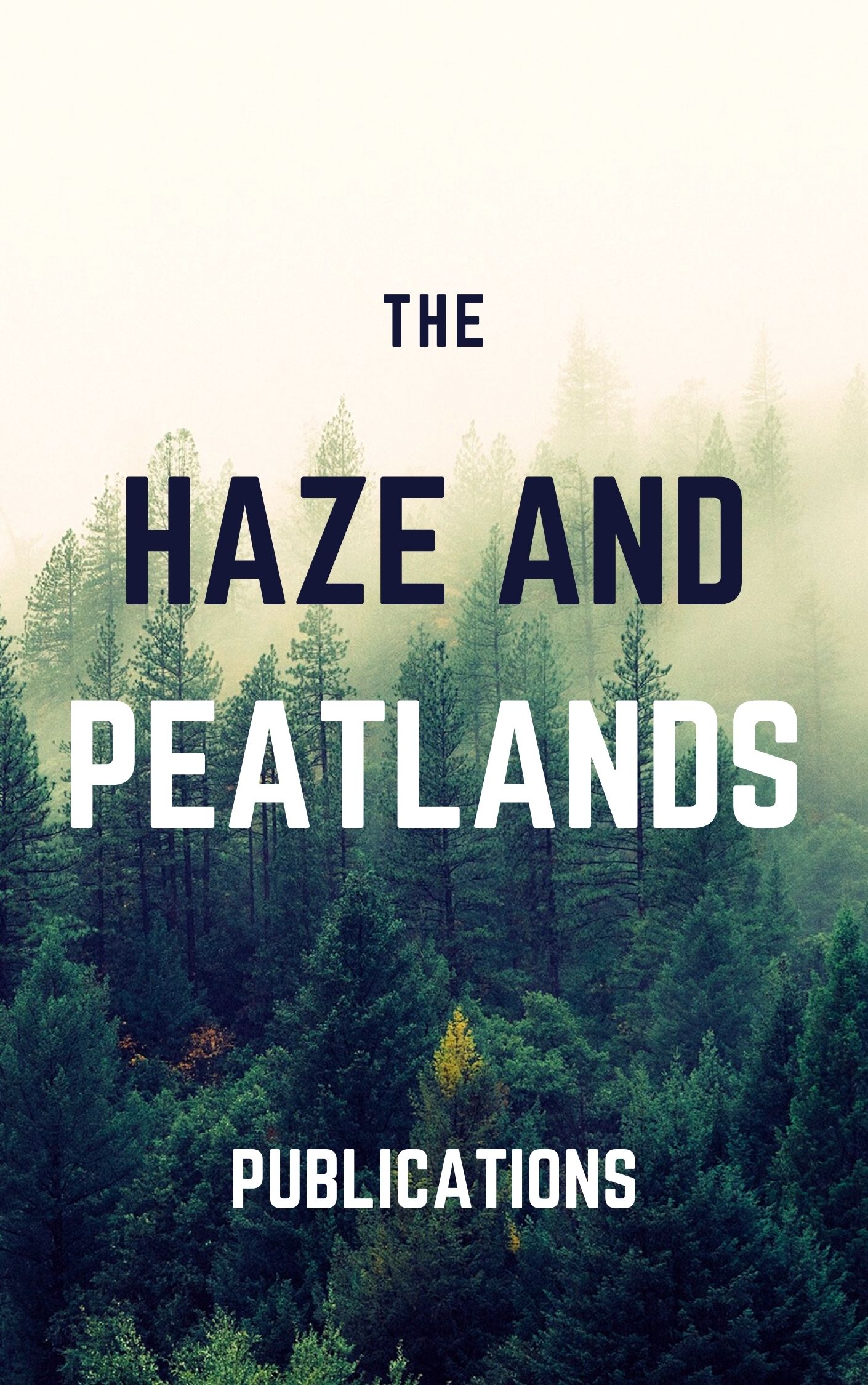
Share this
Peat swamp forests are found in tropical lowlands, primarily in Southeast Asia, where high rainfall and poor drainage conditions combine to slow organic matter decomposition rates and result in the accumulation of deep layers of peat. They differ from temperate peatlands in that they are covered with tropical rainforest rather than herbaceous vegetation and moss, and warmer temperatures allow growth and activity throughout the year. While peat swamp forests are important in the global carbon cycle as major carbon stores, little is known of their microbial diversity and ecology. High acidity, anoxic conditions, and the accumulation of recalcitrant materials may restrict microbial activity, particularly in deeper layers. Conversely, microorganisms in these systems may serve as important sources of nutrition for higher organisms. Recent studies suggest that microbial communities in tropical peat swamp forests are diverse and dominated by members of the Acidobacteria, a poorly studied group of bacteria which can account for more than half of the bacterial community in these ecosystems. Both bacterial diversity and activity decrease in deeper sediments. Archaea, particularly the Crenarchaeota, are present below the peat surface and although methane emissions from methanogens may be important in some systems, the release of carbon dioxide and nitrous oxide are generally greater. The role of fungi in these systems is not known, although they have been recorded to depths of 2.5 m. Tropical peat swamp forests are being drained and cleared to implement agriculture, resulting in fires that release vast quantities of stored carbon to the atmosphere. As well as contributing to greater emissions of greenhouse gases, such activities may dramatically alter both the structure and function of the peatland microbial communities. © 2010 Nova Science Publishers, Inc.

